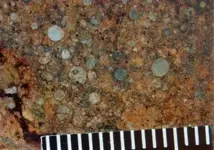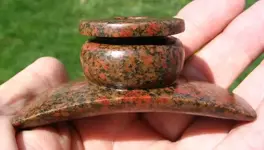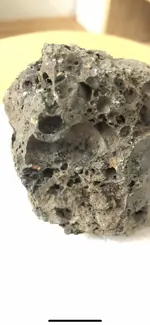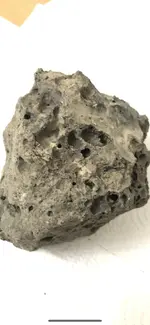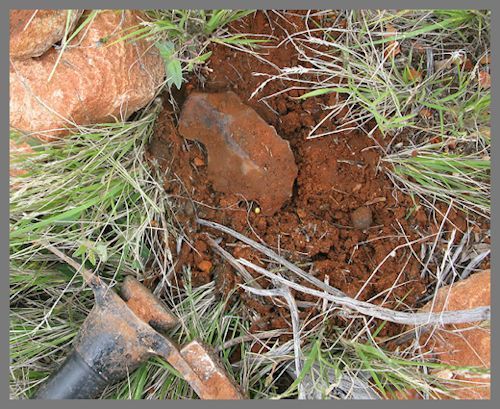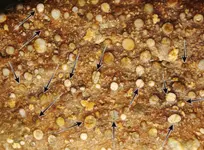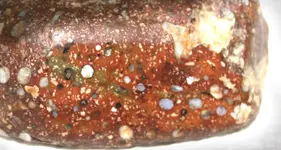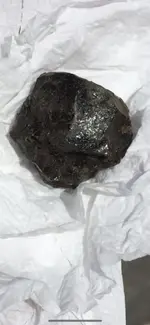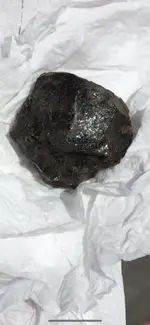Fun hunting
Tenderfoot
- Joined
- Apr 5, 2021
- Messages
- 4
- Reaction score
- 6
- Golden Thread
- 0
- Primary Interest:
- All Treasure Hunting
Hello, people I found this Indian River bed in central California. I thought it was a meteorite but it failed two tests the fusion crust and magnetic. Please let me know..
Attachments
-
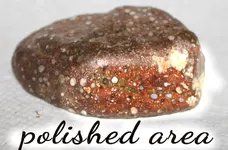 IMG_20210405_215904.webp292.4 KB · Views: 63
IMG_20210405_215904.webp292.4 KB · Views: 63 -
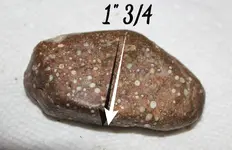 IMG_20210405_214548.webp165.6 KB · Views: 57
IMG_20210405_214548.webp165.6 KB · Views: 57 -
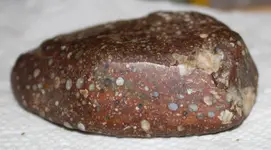 IMG_20210405_215625.webp212.7 KB · Views: 55
IMG_20210405_215625.webp212.7 KB · Views: 55 -
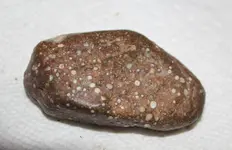 20210405_210323.webp152.2 KB · Views: 51
20210405_210323.webp152.2 KB · Views: 51 -
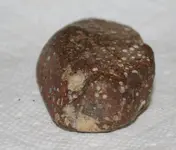 20210405_210640.webp130.6 KB · Views: 50
20210405_210640.webp130.6 KB · Views: 50 -
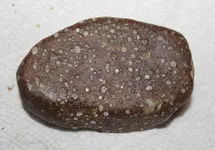 20210405_210350.webp224 KB · Views: 51
20210405_210350.webp224 KB · Views: 51 -
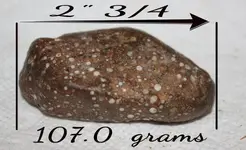 IMG_20210405_215533.webp267.2 KB · Views: 58
IMG_20210405_215533.webp267.2 KB · Views: 58




